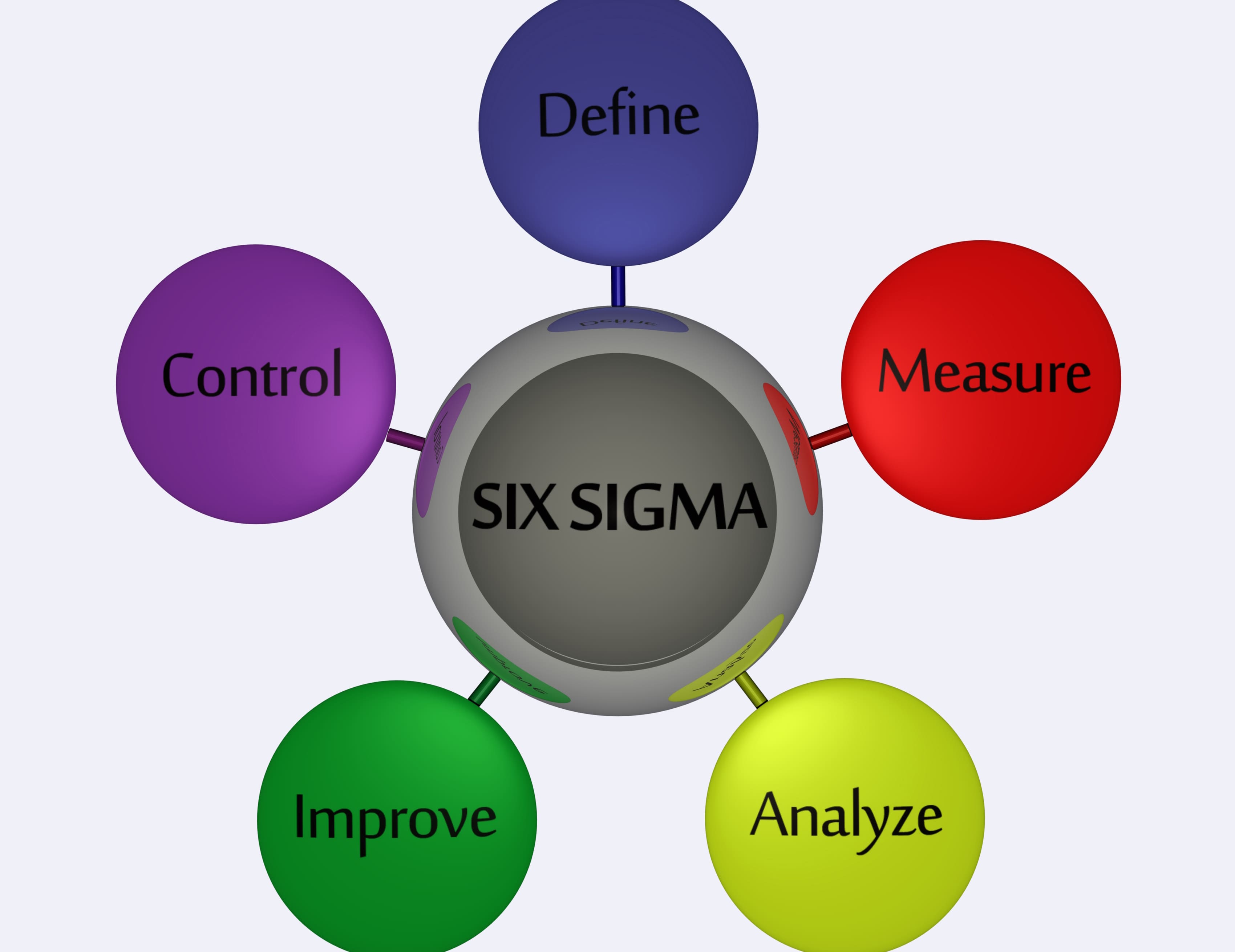Lean and Six Sigma are well-established quality improvement tools. Combining the two creates a synergistic effect, boosting effectiveness. In the hospital where I work, we used Lean Six Sigma to reduce hospital acquired pressure ulcers (HAPU) by 60%. In this article, I answer common questions related to these tools so you can apply them in your own organizations.
What is Lean?
Lean Thinking, Lean Methodology, Lean Management, or simply Lean is an integrated system of principles, practices, tools, and techniques that aim to eliminate waste, decrease production time, and improve process efficiency.
Lean originated with Toyota Motor Corporation of Japan where it was developed as a tool for improvement. It serves as a framework for management to ensure the greatest value for customers while maximizing the resources used. Its strengths lie in engaging front-line employees to develop standardized solutions to common problems, and its focus on the customer.
What is Six Sigma?
Six Sigma was introduced by Motorola in 1987 and further developed by General Electric in the 1990s. The term Six Sigma traces its roots to statistics. In the early 19th century, Carl Frederic Gauss introduced the concept of the normal curve. Yes, the ubiquitous figure in all statistics books — the bell-shaped curve. Because Six Sigma is a continuous improvement methodology focused on decreasing variation, six sigma (σ) stands for the standard deviations to the left and the right of the mean (average) in the graph. See the graph that statistically represents Six Sigma.
Six Sigma emphasizes that the less deviation from the mean the better. Its strengths lie in its emphasis on organizational infrastructure, deployment plans, analytical tools (including statistics), quality improvement, and controls.
Six Sigma aims to identify and correct the causes of errors, thereby reducing the rate to Six Sigma level, that is 3.4 defects per million opportunities (DPMO). Simply stated, a Six Sigma process has a 99.99966% defect-free rate.
In a 2010 article, Sedlack and colleagues stated that the literature reports an incidence of bile duct injury during laparoscopic cholecystectomy of 1 per 1,500, which represents an error rate of 95 DPMO. When the authors compared that error level to the aviation industry’s level, it translates to 20 commercial airplane crashes daily in the United States! The aviation industry would have no tolerance for this number of crashes. The public would protest if this happens and no one would want to get on a plane. Obviously, healthcare needs to lessen or eliminate its errors.
What is Lean Six Sigma?
Lean Six Sigma (LSS) combines the strengths of two quality improvement methodologies. Its goals are to create robust processes, uphold quality culture, improve metrics, and increase customer satisfaction. It helps an organization produce goods and services efficiently, with less waste and less variability, using resources efficiently without compromising quality.
Strengths of the hybrid include:
- engagement of frontline staff
- customer focus
- commitment of management
- process improvements
- interdepartmental or interdisciplinary involvement
- teamwork
- productivity/cost saving benefit
- dedicated and structured approach
- error and waste reduction/elimination.
Lean Six Sigma is used in healthcare and other service industries, as well as manufacturing and administration, to improve production and transactional processes. It highlights the use of the five problem-solving steps, DMAIC.
DMAIC
The acronym DMAIC stands for Define, Measure, Analyze, Improve, and Control. To explain the process clearly, let’s apply these steps to a problem in a hospital cafeteria (see table). Customers (family members of patients and employees) have complained that purchasing food and beverages is too slow. (Note that this example is simplified but of course, in the real world, we know the processes are more complicated.)
My experience
In 2013, we noted an increase in HAPUs and devised a plan to decrease them. Using the DMAIC steps, this is what we did (see table).
In 2014, we decreased our pressure ulcer rate by 60%, and in 2015, we saw a 30% decline in our pressure ulcers compared to 2014’s rate.
A structured approach with powerful results
The LSS methodology provides a structured approach in eliminating causes of common problems encountered in the healthcare setting. It also fosters teamwork and involvement of the different departments and disciplines in the healthcare facility. It helps improve process flow, eliminate waste, decrease process variation, and overall it helps improve outcomes, which will ultimately improve patient care.
When implementing LSS, it’s important to involve everyone in the organization, from management to frontline staff. To make LSS successful, it is crucial for everyone to get on board!
Armi S. Earlam is the lead certified wound, ostomy, and continence nurse at Lutheran Medical Center in Wheat Ridge, Colorado.
Selected references
Cheng C, Chang P. Implementation of the Lean Six Sigma framework in non-profit organisations: A case study. Total Quality Management & Business Excellence. 2012;23(3/4):431-47.
de Koning H, Verver J, van den Heuvel J, et al. Lean Six Sigma in healthcare. J Healthc Qual. 2006;28(2):4-11.
George M, Rowlands D, Price M, et al. The Lean Six Sigma Pocket Toolbook. New York: McGraw-Hill; 2005.
Go Lean Six Sigma. The Basics of Lean Six Sigma. 2012.
Mason S, Nicolay C, Darzi A. The use of Lean and Six Sigma methodologies in surgery: systematic review. Surgeon. 2015;13(2):91-100.
Sedlack J. The utilization of six sigma and statistical process control techniques in surgical quality improvement. J Healthc Qual. November 2010;32(6):18-26.
Vijaya Sunder M. Synergies of Lean Six Sigma. IUP Journal of Operations Management. 2013;12(1):21-31.


















